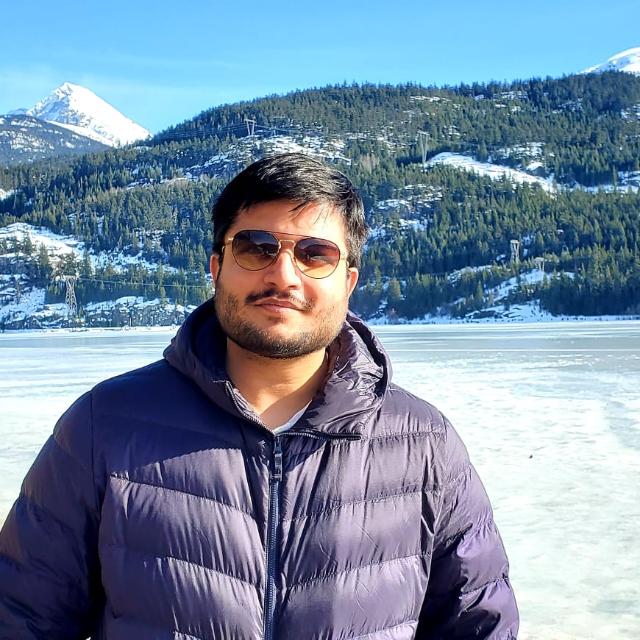My Journey Through WebSummit 2025 Without a Plan
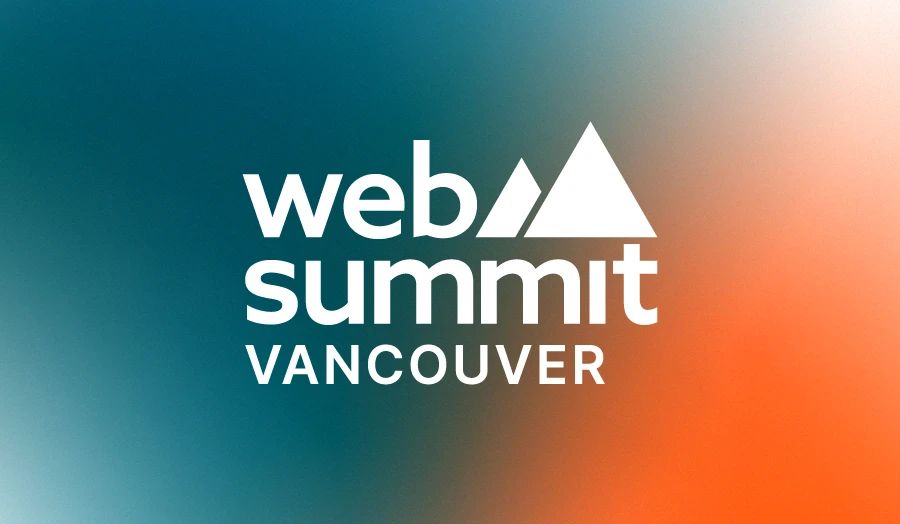
How it all started
I saw an ad for WebSummit 2025. I’d heard of it before but never really paid attention. This time it was happening in Vancouver, and that piqued my interest. I reached out to a few people and asked around. Most told me it’s a solid event if you’re in the SAAS space and looking to network. That was enough to convince me. I was already 70% in.
Then a friend offered me her Alpha Pass for $300. It was a no-brainer. I bought it off her and that sealed the deal for me. There was no turning back now.
The problem
Despite committing to go, I had no game plan. I didn’t know what I was going to do, who I was going to meet, or how to get any value out of it. I was walking in cold.
Pre-conference preparation
WebSummit isn’t a complete shot in the dark. They publish an app with the full agenda, speaker line-up, event listings, and even the attendee list. If you’re smart, you can use it to plan your outreach and target relevant people ahead of time.
Naturally, I didn’t. I had no concrete objective and zero clarity on what I wanted from the event. Without that, any outreach would’ve been noise. So I did nothing. I just waited for the event to start and hoped I’d figure it out as I went.
Looks matter
Just because I had no idea what I was doing didn’t mean I had to look like it. I knew one thing for sure; I wasn’t going to show up looking like a lost tech bro. I decided to dress sharp. I ditched my trusty backpack, trimmed down to the essentials, and made sure I looked like someone who meant business. If I couldn’t control what was going to happen there, I could at least control how I presented myself.
Fake it till you make it
Before attending the summit, I had my LinkedIn QR code ready and jotted down a few high-level talking points about what I was building. But the reality was brutal. My pitch was vague, unfocused, and it sounded like every other recycled startup description floating around. Every time someone asked me what I was working on, it took me five long, painful minutes to explain it — full of jargon, hedging, and mental gymnastics. I could see people’s eyes gloss over. Some would politely nod and then look at their phones. Others would find an excuse to exit the conversation.
But I didn’t just accept that. I studied what worked and what didn’t. I paid close attention to reactions. Were they leaning in? Did they ask any follow-up questions? Were they just nodding out of politeness or actually curious? I dissected every interaction and made small adjustments.
Every night after the event, I replayed conversations in my head and optimized it. I dropped buzzwords. I stopped pretending. I reframed my message using simple, grounded terms that made sense to both technical and non-technical people. By day two, I was confidently introducing myself in 30 seconds or less. Even in noisy environments, I could get my point across. People weren’t just listening, they were engaging. Some asked if they could try my product. That was the turning point.
Day 1 – Chaos
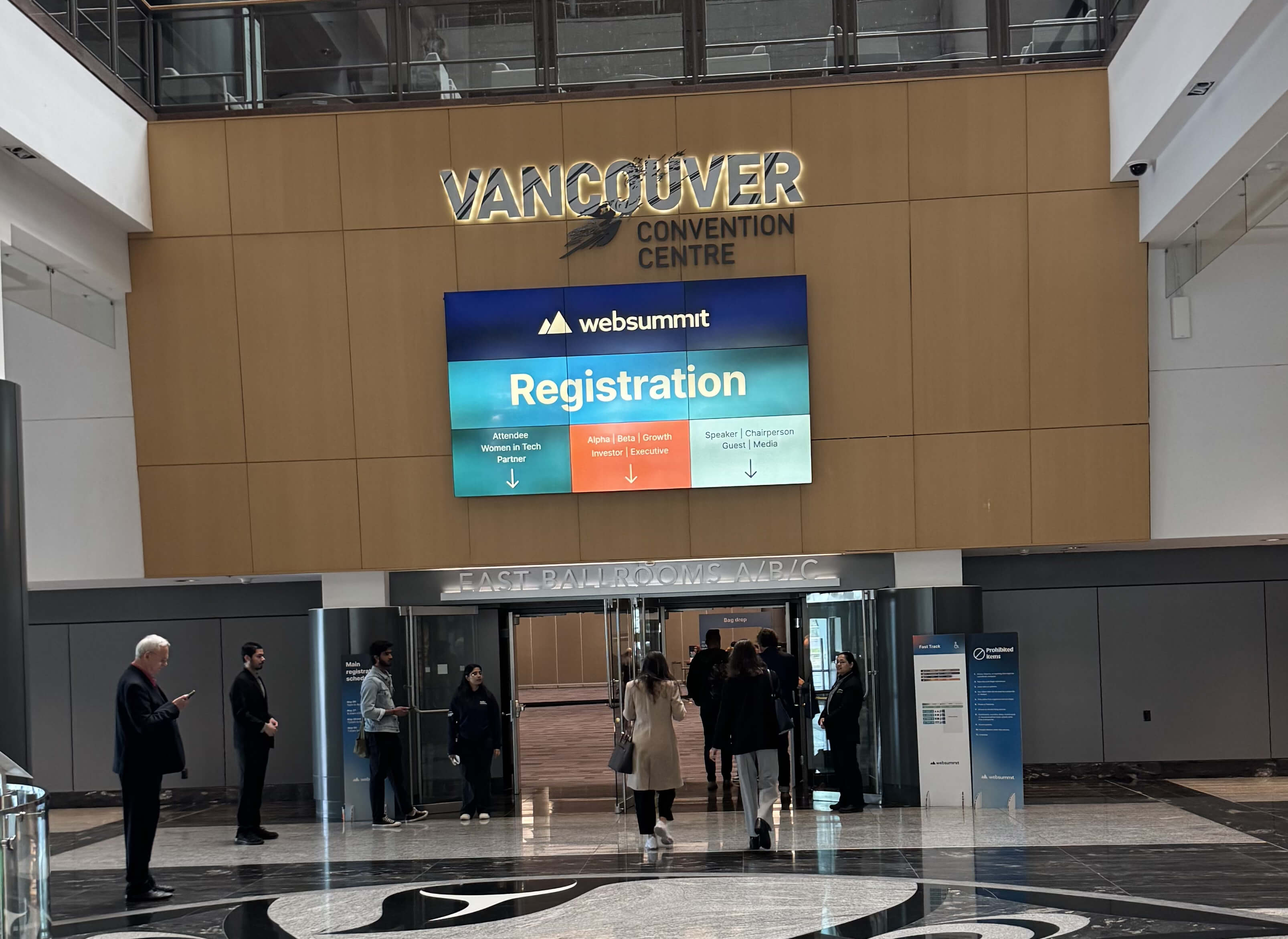
May 27th. First day of the summit. I checked in, got my badge, and walked straight to the exhibition hall. To my surprise, there were no major events scheduled until 5PM. That left me with nearly seven hours to kill.
I considered heading back home and returning later but decided against it. Instead, I stayed and used the time to ease into the environment. I’m introverted by nature, so I needed a slow ramp-up. I stood around the central square, scoped the area, and tried to strike up conversations. The success rate was low, the lack of courage was discouraging, but I didn’t care. My goal wasn’t to sell or impress — it was to get in motion.
My main motivation came when I saw Angus Fraser from Auto RFP hustling his way through the crowd.
I literally asked him:
Hey, if you don't mind me asking, how do you network with people?
His answer:
It's simple my friend, I have no shame.
That combined with the fact that I read a quote once:
If you are building something that solves a problem, it's your moral obligation to reach out to people who are facing the same problem.
I was sold. I put my introverted nature aside, stopped overthinking the judgement and just went for it.
AI Innovation Event

That evening, I attended an AI-focused event hosted at AWS’ Vancouver office. It was the right call. I connected with Soyoung Lee (co-founder of Twelve Labs) and Ivan Zhang (co-founder of Cohere). I even ran into a few familiar faces from past projects.
Day 1 Retro
When I came back home, the only question I had in mind was: Was it worth it? and I wanted an answer for Do I wanna go again tomorrow? or Should I skip the event and simply focus on my work?
I did a full retrospective of the day in ChatGPT and reached the conclusion that I shouldn't go tomorrow. When tomorrow came, I went anyways and looking back, I am glad I did. I was overoptimizing prematurely.
Day 2 – Target acquired
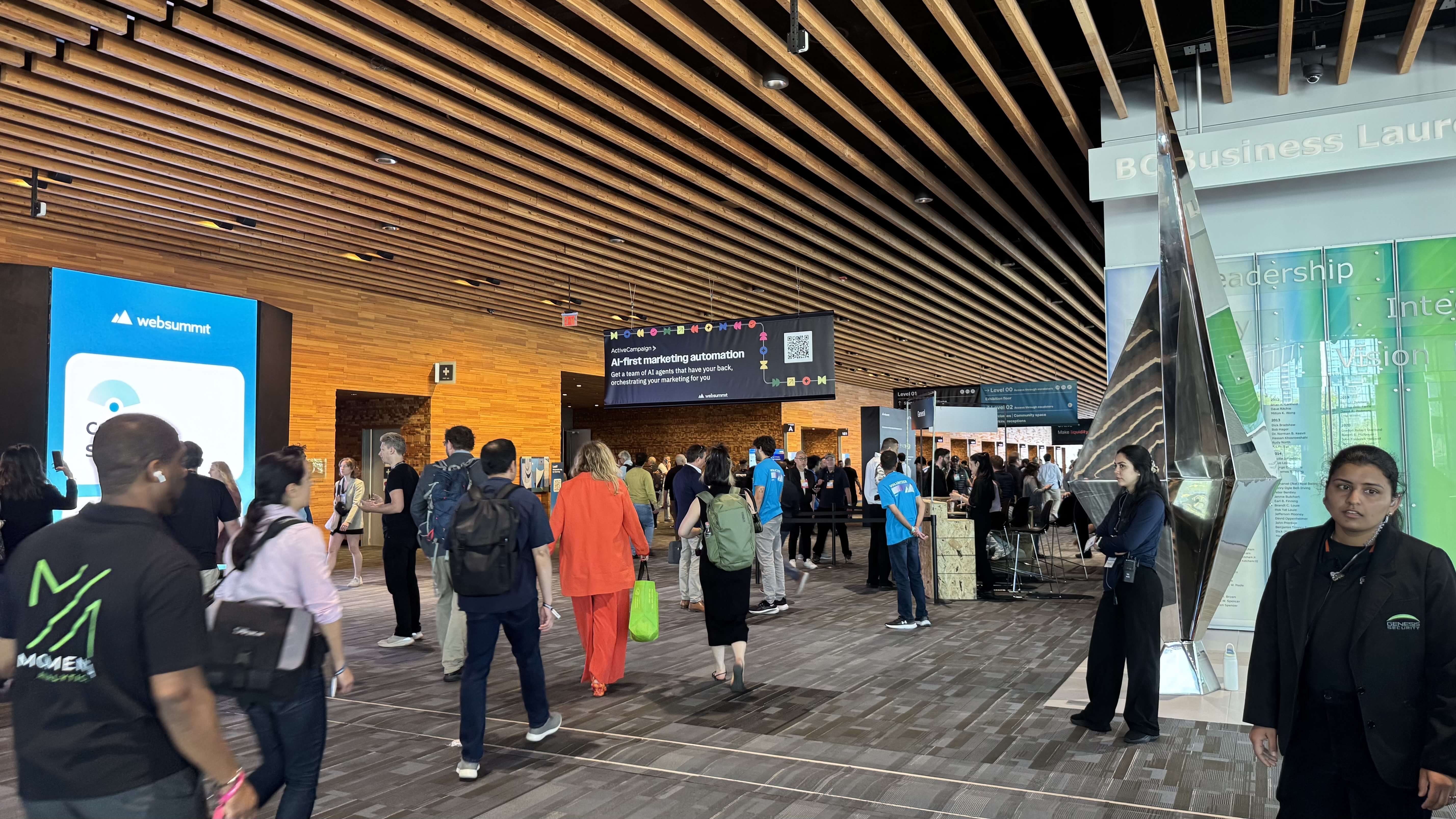
I hit the exhibition hall again, this time with more structure. I gave the entire floor a once-over to get the lay of the land, then started from one corner and went breadth-first. I focused on Alpha startups because they were raw, interesting, and more open to conversation. The Beta booths were more polished but felt less accessible.
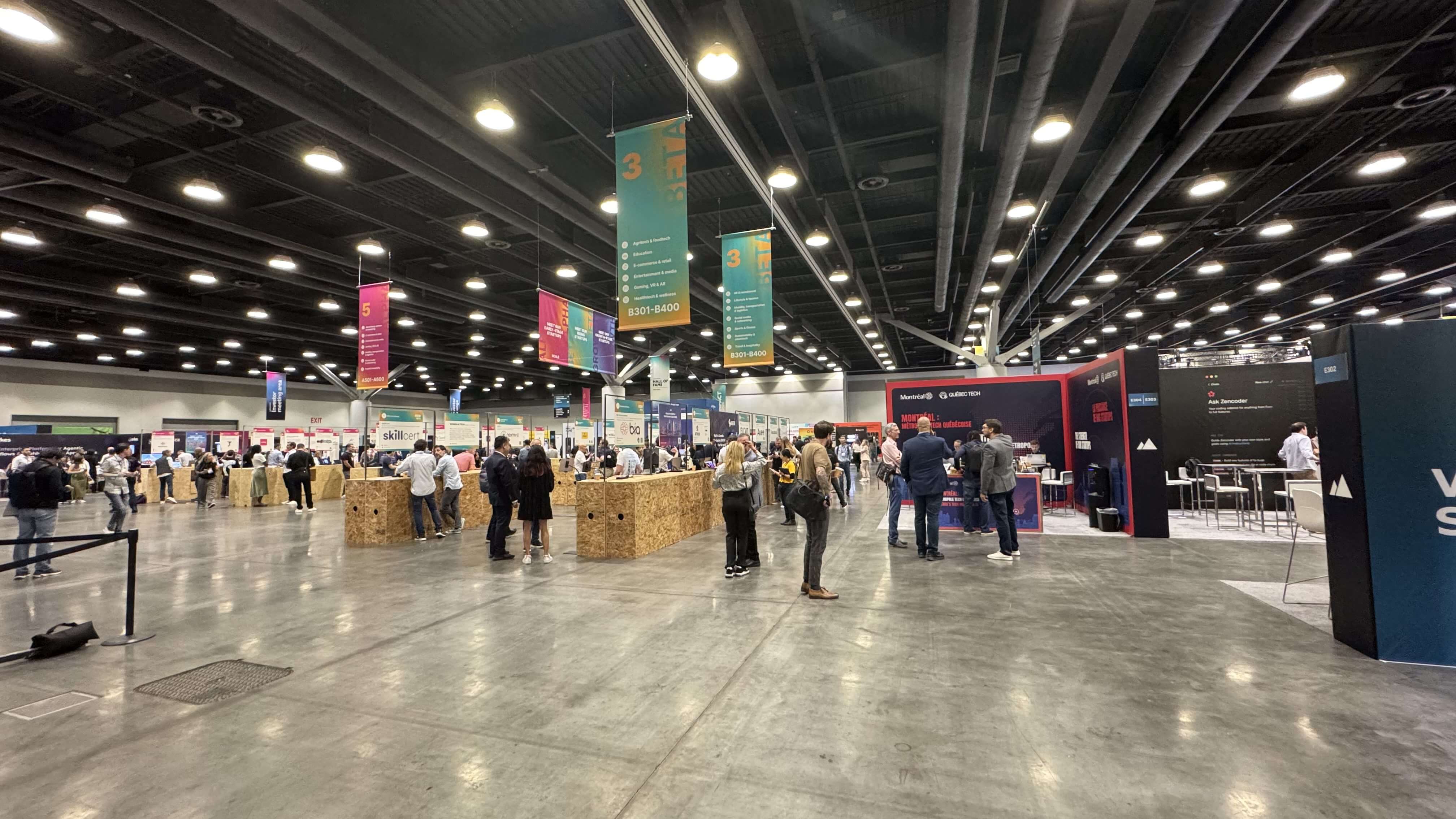
Around 5 PM, the crowd started heading to Yaletown for the Night Summit. I went along, hoping to continue conversations and meet new people. But the vibe was off. People were drained, eating, or just chatting with their own circles. I stayed for about 30 minutes before heading back.
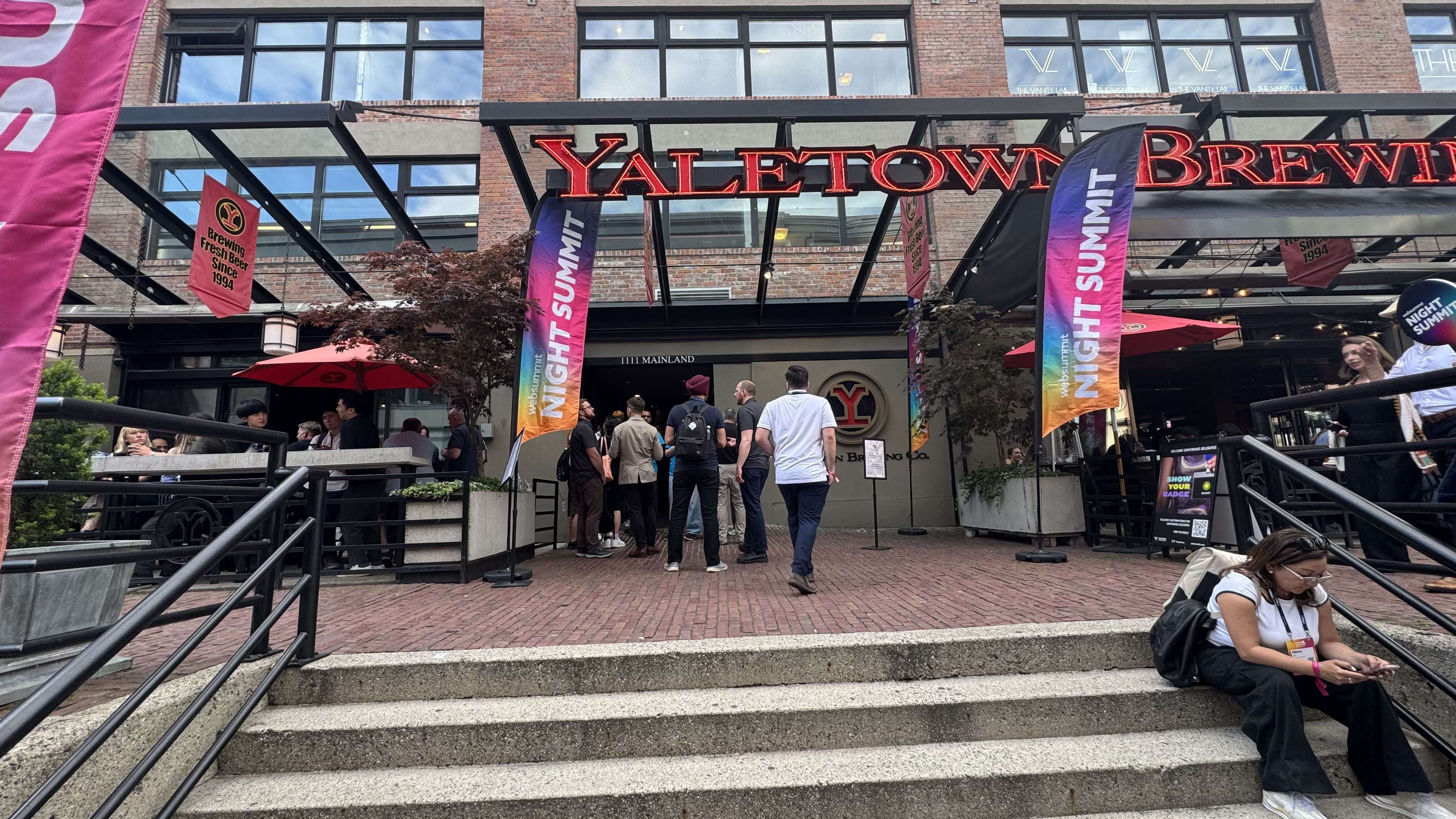
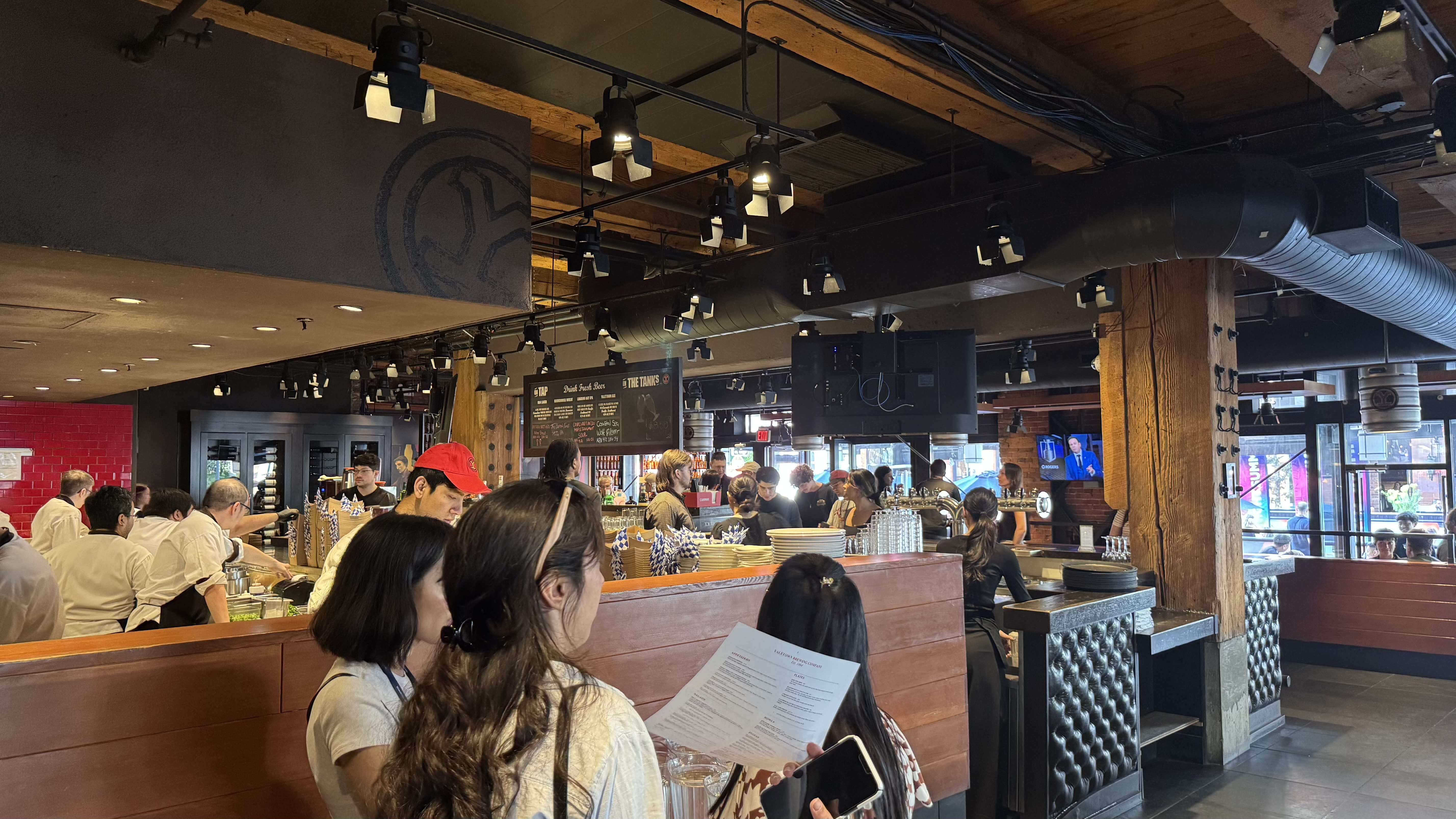
Day 3 – Diplomatic detour
Thursday had a different flavor. All Pakistani founders attending the summit were invited to a meetup at the Pakistani Consulate in Vancouver.
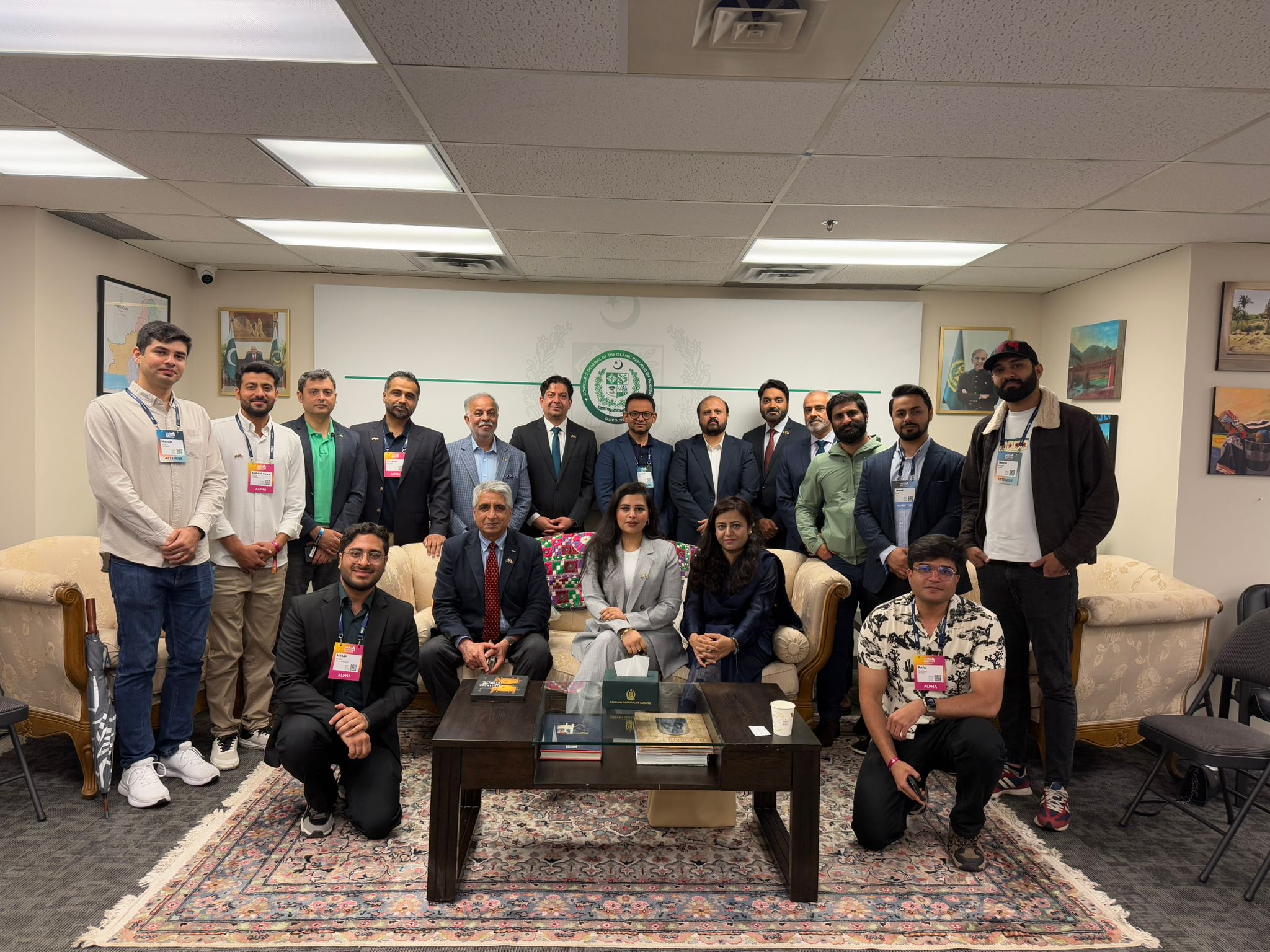
After the meetup, I went back to the summit and shifted my focus to the smaller networking meetups rather than the main floor. I still made sure to walk the exhibition floor again. Important detail, startups showcasing in the hall change daily. You need to revisit it every day to see the full picture.
The night summit that day was all the way in North Vancouver. It required a seabus ride. Based on my Yaletown experience the previous night, I skipped it.
Day 4 – Cooldown
Friday felt slower. The crowd was lighter and the noise level was down. I still kept at it. I covered the exhibition one last time, attended a few casual meetups, and wrapped up by 4 PM. Four days in and I was content.
The Lessons
1. Improve on the fly
Every conversation is a feedback loop. If people are disengaging, you need to rework your delivery. Watch for facial cues, body language, and interest levels. I revised my pitch every night. By day two, I had a version that worked.
Even if you are not building anything, it's still a great way to improve your communication skills.
2. Read the room
WebSummit had live feedback walls and community boards that were goldmines if you were paying attention.
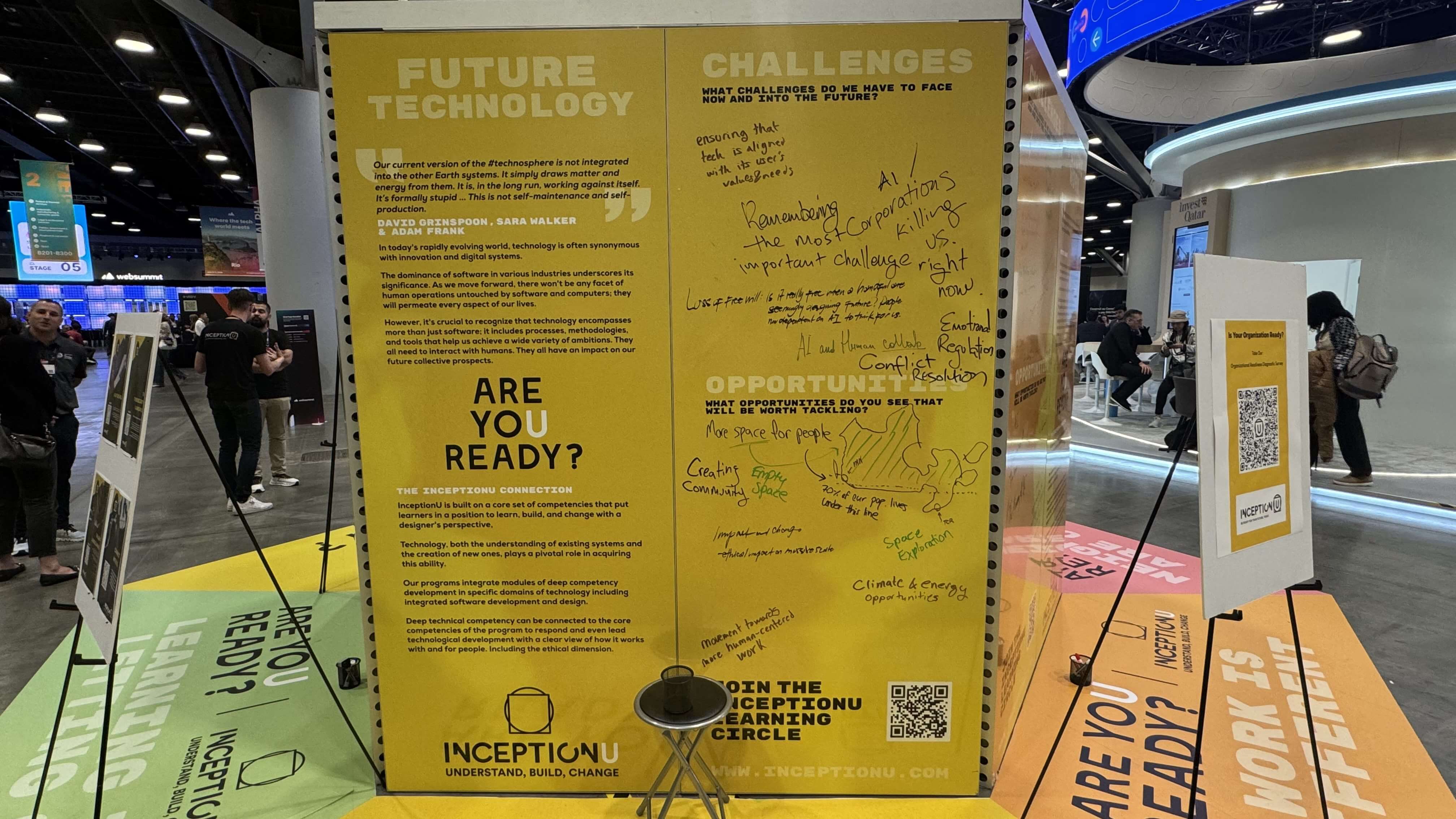
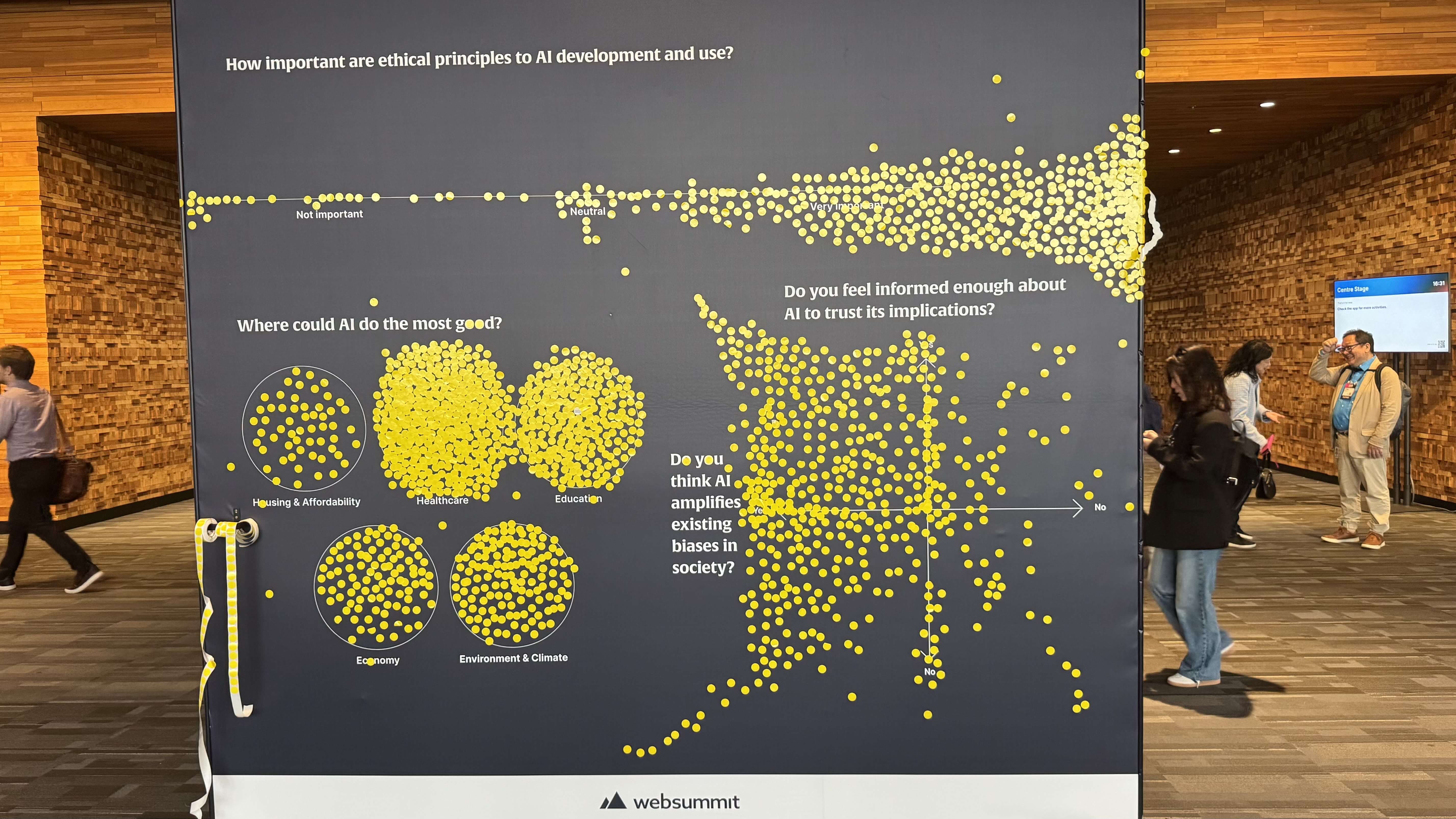
These might seem chaotic, but if you look closely, there’s insight buried in the mess.
3. Your brand needs to speak in 3 seconds
If your logo and headline don’t tell me what you do in a few seconds, you’re invisible. I saw plenty of booths with flashy designs but no message. Then I saw others with simple, dead-clear two-line headlines that made me stop immediately.
Ignore me, think of your potential customers and investors. They aren't spending 10 minutes reading each booth. They are looking for a quick glimpse of what you are building. You have to grab their attention in 3 seconds.
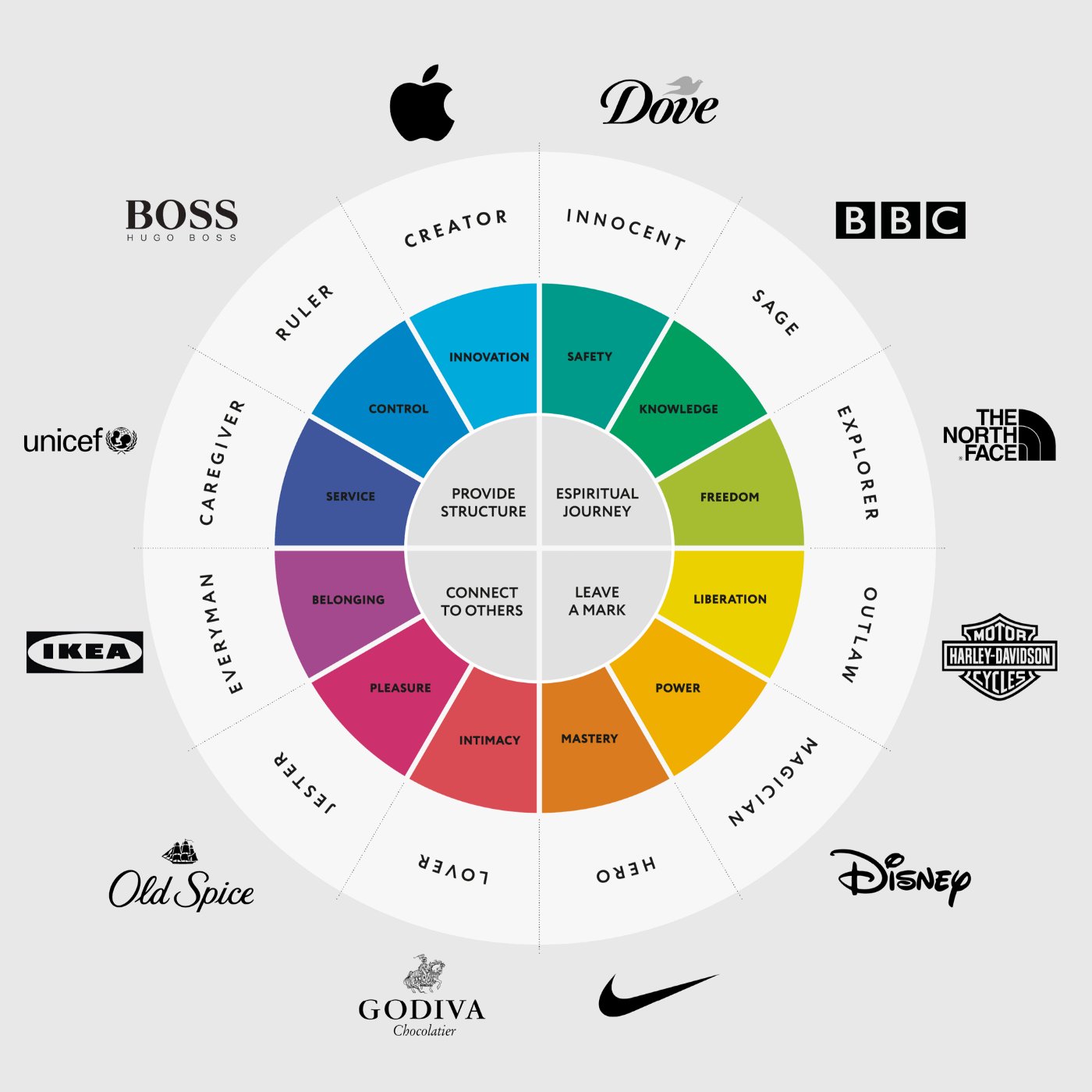
Smith & Diction breaks this down really well.
4. Pamphlets still work
I saw founders drop simple printed pamphlets on meetup tables. They didn’t pitch. They didn’t sell. They just let the material sit there while conversations unfolded. It worked.
5. Add value first
I wasn’t selling. I was matchmaking. If someone’s pitch reminded me of another founder, I introduced them. I did this for over 10 teams, including connecting founders with potential investors. No agenda. Just pattern matching. It built trust instantly.
Be the multiplier.
6. Go all-in on networking

I joined every meetup I could find, legal tech, media, healthcare, didn’t matter. Talked to everyone. I learned more about other industries in four days than I would’ve in months. That context fed directly into how I pitched my own work.
Pro tip: you’ve got 20 minutes at most per meetup. Prefer going deep over going wide but if you don't see the conversation going anywhere, move on. There is no set formula here.
7. Track your contacts
I dumped every interaction into a Google Sheet. Who they were. What they needed. Where they fit. After the summit, I sent warm follow-up messages. Speed matters, signals fade fast.
8. Skip the sessions
Unless the talk matches a specific problem you’re solving right now, skip it. The content is generic by design.
9. Don’t over-optimize
I overanalyze everything. I am neurodivergent and I overthink everything. I wanted to know the future before I could execute. I tried to build an algorithm for who to meet and how. It backfired. What actually worked was showing up, being open, and letting randomness guide the path.
10. Use every available channel
Most meetups had WhatsApp groups. I joined all of them. I posted a short intro and mentioned how I could help. People reached out. My number was visible, and that reduced friction. A few of those leads turned into high-value connections.
Fun fact
I walked over 30 km across four days. That’s 9+ hours of walking daily. If I hadn’t stopped to talk, I would’ve easily crossed 50.
Conclusion
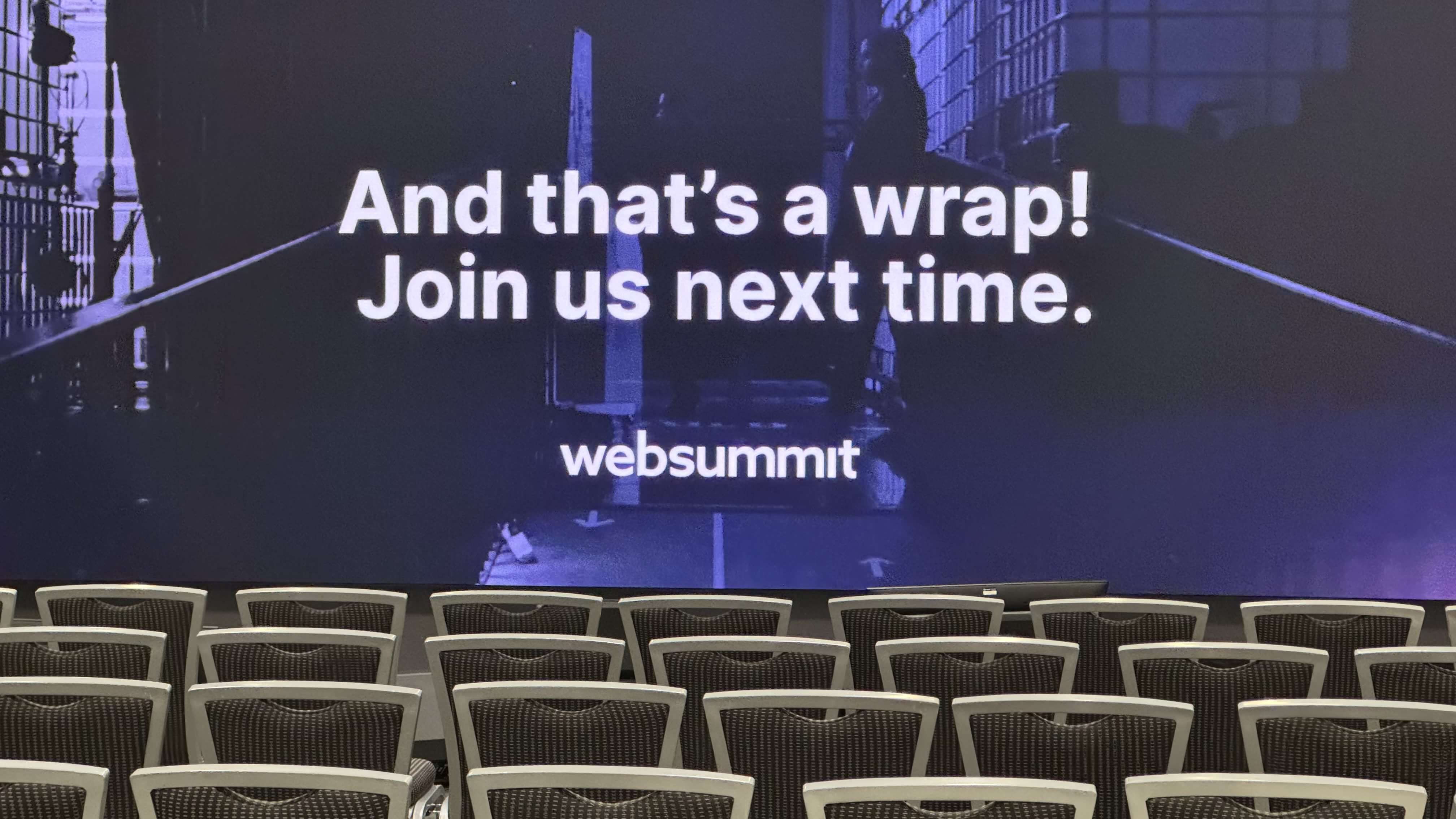
I showed up without a plan. I left with lessons, connections, and momentum. The next time I walk into a summit, I’ll walk in with leverage.
